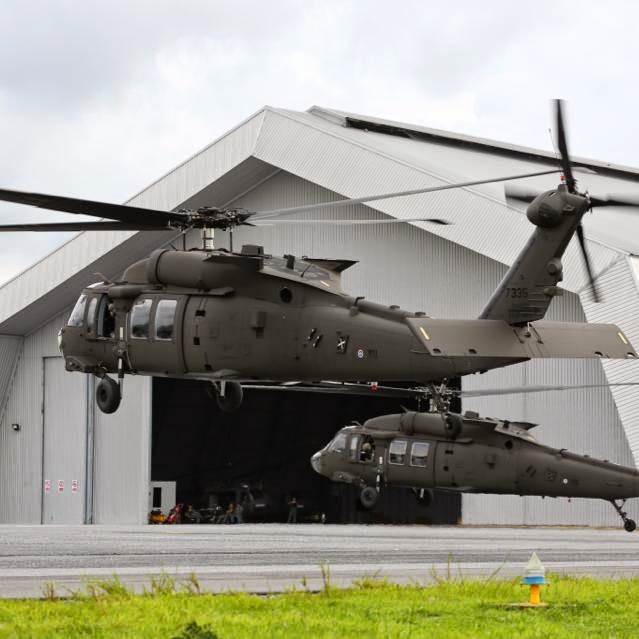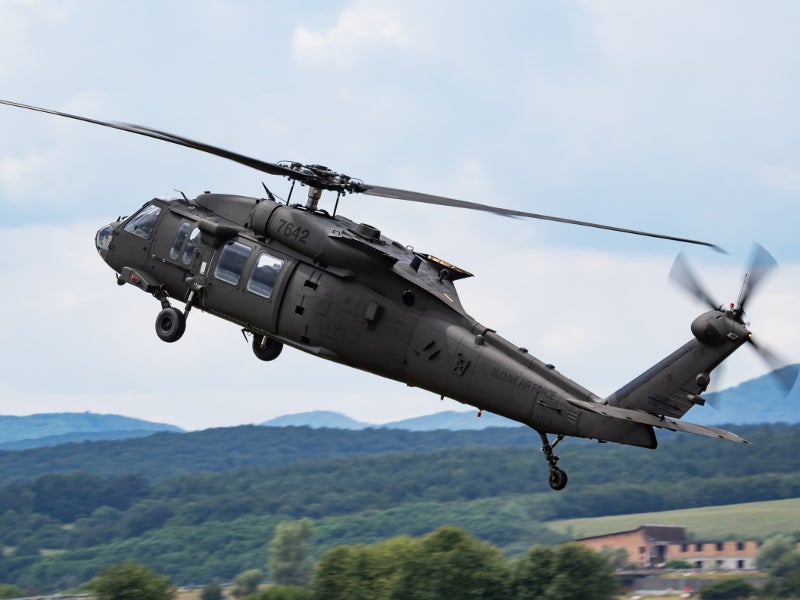Unlocking Peak Performance: UH 60 Helicopter Maintenance Guide
Unlocking Peak Performance: UH 60 Helicopter Maintenance Guide
Blog Article
Recognizing the Mechanics and Engineering Behind Uh 60 Helicopters
The UH-60 helicopter, commonly known as the Black Hawk, stands as a pinnacle of modern rotorcraft technology, symbolizing a mix of robust engineering and complex technicians. As we peel off back the layers of the UH-60's design, a world of intricate systems and precise engineering comes to light.
History of UH-60 Helicopters
The background of UH-60 helicopters traces back to the late 1970s when the USA Military looked for a advanced and versatile utility helicopter to replace its aging fleet. In feedback to this demand, the Sikorsky Airplane Firm established the UH-60 Black Hawk helicopter. Introduced in 1979, the UH-60 rapidly ended up being a staple in army procedures as a result of its remarkable capacities.
The UH-60 was designed to master a variety of goals, including army transportation, medical discharge, digital warfare, and special procedures. Its capacity to adjust to various duties made it a useful asset to the united state Military and other military forces around the globe
Throughout the years, the UH-60 platform has actually gone through several upgrades and variants to enhance its efficiency and equal developing goal demands. These helicopters have actually seen substantial service in disputes such as the Gulf Battle, Afghanistan, and Iraq, showcasing their dependability and convenience in diverse functional environments. The UH-60's abundant background is a testament to its long-lasting heritage as a leading energy helicopter.

Engine and Power Systems
Utilizing cutting-edge propulsion technology, UH-60 helicopters are equipped with sophisticated engine and power systems to make sure ideal performance and integrity in a variety of functional situations. The UH-60, commonly referred to as the Black Hawk, is powered by 2 General Electric T700-GE-701D engines, each qualified of delivering up to 1,940 shaft horse power. These turboshaft engines give the needed thrust for the helicopter to carry out its goals successfully, including army transportation, medical discharge, and battle support.

Blades System and Aerodynamics
Exactly how do the rotor system and aerodynamics of UH-60 helicopters contribute to their functional effectiveness and flight capacities? The rotor system of the UH-60 helicopter plays a vital role in giving lift and propulsion. The UH-60 features a four-bladed, fully articulated rotor system that enables for high maneuverability and stability throughout trip. This style allows the helicopter to carry out a broad range of missions, from transportation and clinical emptying to combat procedures.
The rules of aerodynamics likewise play a key duty in the efficiency of UH-60 helicopters. The streamlined body and rotor blade design minimize drag, enabling the helicopter to attain greater speeds and far better fuel efficiency. The wind resistant design of the UH-60 additionally adds to its ability to run in diverse ecological conditions, consisting of warm temperatures and high elevations.
Avionics and Flight Control Systems

In its detailed sychronisation with the blades system and aerodynamics of UH-60 helicopters, the avionics and trip control systems form a critical network of innovations forming the aircraft's operational capacities. Avionics include the digital systems utilized for interaction, navigation, and keeping an eye on various aircraft features. In the UH-60, these systems include electronic display screens, communication radios, general practitioner navigating, weather condition radar, and auto-pilot systems. These avionics systems offer critical info to the pilots, boosting situational recognition and making certain secure and effective procedure of the helicopter.
The flight control systems of the UH-60 are in charge of equating the pilot's inputs into the proper changes to the blades system, ensuring stable flight and maneuverability. These systems include hydraulic actuators, servos, and computers that interact to manage the primary and tail rotors, in addition to other flight control surfaces. By specifically taking care of the helicopter's trip characteristics, these systems make it possible for pilots to execute a wide range of missions, from transportation and search-and-rescue to battle procedures, with accuracy and self-confidence.
Function and Applications in Air Travel
Avionics systems in UH-60 helicopters encompass an array of electronic systems that aid in navigating, communication, surveillance, and controlling different airplane functions. These systems consist of electronic screens, auto-pilot systems, communication radios, GPS navigating equipment, and weather condition radar. In addition, these systems integrate safety and security features such as autopilot settings, surface awareness alerting systems, and security augmentation systems to improve the total safety and operational abilities of the UH-60 helicopters in numerous missions, including army transportation, clinical evacuation, search and additional reading rescue, and aerial firefighting.
Verdict
To conclude, the UH-60 helicopter is a flexible airplane with an abundant background and advanced engineering. Its engine and power systems, rotor system, the rules of aerodynamics, avionics, and trip control systems all interact to make it a trusted and efficient equipment. The UH-60's duty and applications in aviation are large, ranging from armed forces procedures to look and save goals. Its proceeded growth and usage show its importance in the field of air travel (uh 60).
In its complex sychronisation with the rotor system and aerodynamics of More about the author UH-60 helicopters, the avionics and flight control systems form an important network of innovations shaping the aircraft's functional capacities.The trip control systems of the UH-60 are accountable for translating the pilot's inputs into the ideal changes to the blades system, making certain secure trip and maneuverability. Avionics systems in UH-60 helicopters encompass a range of digital systems that aid in navigation, interaction, surveillance, and managing various airplane features. Additionally, these systems incorporate safety and security functions such as autopilot settings, terrain awareness advising systems, and stability augmentation systems to boost the general safety and functional capabilities of the UH-60 helicopters in numerous objectives, including army transport, clinical emptying, look at these guys search and rescue, and airborne firefighting.
Its engine and power systems, rotor system, aerodynamics, avionics, and trip control systems all work with each other to make it a dependable and reliable equipment.
Report this page